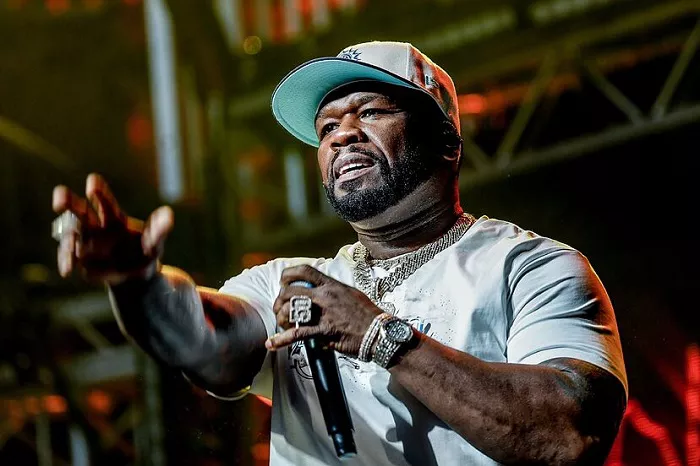In the landscape of contemporary music, few genres have captured the hearts and minds of audiences worldwide quite like American rap. With its pulsating beats, intricate rhyme schemes, and socially conscious lyrics, rap has transcended mere musical expression to become a cultural force that resonates across borders and generations. From the streets of New York City to the suburbs of Los Angeles, the rhythm and poetry of rap have become synonymous with the American experience. But what exactly is American rap, and what sets it apart from other musical genres? In this comprehensive exploration, we delve into the roots, evolution, and significance of this dynamic art form.
Origins and Evolution
To understand American rap, one must first trace its origins back to the streets of the Bronx in the 1970s. Born out of the urban decay and social unrest of the time, rap emerged as a form of expression for marginalized communities, particularly African American and Latino youth. Initially, rap was primarily delivered through live performances at block parties, with DJs spinning beats and MCs (masters of ceremonies) delivering rhymes over them.
One of the earliest pioneers of rap was DJ Kool Herc, whose innovative techniques laid the groundwork for the genre’s development. Herc’s use of “breakbeats,” the rhythmic sections of funk and soul records, revolutionized the art of DJing and provided the foundation for rap’s signature sound. As rap continued to evolve, artists like Grandmaster Flash and the Furious Five and Afrika Bambaataa emerged, introducing new techniques such as scratching and sampling and expanding the genre’s sonic palette.
By the 1980s, rap had transitioned from underground parties to mainstream consciousness, with the release of seminal albums like Run-D.M.C.’s self-titled debut and LL Cool J’s “Radio.” These artists brought rap music to a wider audience, blending elements of hip-hop culture with catchy hooks and accessible lyrics. Rap’s newfound popularity paved the way for a new generation of artists to emerge, including icons like Tupac Shakur, The Notorious B.I.G., and Nas, whose raw lyricism and storytelling prowess captivated audiences around the world.
Key Elements of American Rap
At its core, American rap is characterized by several key elements that distinguish it from other musical genres:
Lyricism: Central to rap music is the art of lyricism, with artists using words to convey their thoughts, experiences, and emotions. From intricate rhyme schemes to vivid storytelling, rap lyrics are often rich in imagery and metaphor, providing listeners with a window into the artist’s world.
Beats and Production: In addition to lyrical prowess, rap music is defined by its beats and production. From boom-bap to trap, rap beats come in a variety of styles, each with its own unique rhythm and texture. Producers play a crucial role in shaping the sound of rap, utilizing samples, synthesizers, and drum machines to create dynamic and engaging tracks.
Flow and Delivery: A rapper’s flow, or the way they deliver their rhymes, is another essential aspect of rap music. Whether it’s a smooth and laid-back delivery or a rapid-fire barrage of lyrics, a rapper’s flow can elevate a song to new heights and leave a lasting impression on listeners.
Themes and Subject Matter: Rap music often explores a wide range of themes and subject matter, from social and political commentary to personal reflections on life, love, and struggle. Artists use their platform to address issues such as racism, poverty, and inequality, shedding light on the realities of life in America and beyond.
Cultural Influence: Beyond its musical elements, rap has had a profound cultural influence on American society. From fashion and language to attitudes and values, rap culture has permeated mainstream culture, shaping trends and sparking conversations on a global scale.
Impact and Legacy
Over the decades, American rap has left an indelible mark on the world of music and culture. From its humble beginnings in the Bronx to its current status as a global phenomenon, rap has transcended barriers of race, class, and geography to unite people from all walks of life. Its influence can be felt not only in music but also in film, fashion, literature, and beyond.
One of the most significant contributions of rap music is its role as a vehicle for social change. Artists like Public Enemy, N.W.A., and Kendrick Lamar have used their platform to speak out against injustice and advocate for marginalized communities, sparking important conversations and inspiring activism.
Furthermore, rap’s influence extends beyond the realm of music to encompass entrepreneurship and empowerment. From Jay-Z’s multi-million dollar business empire to Dr. Dre’s Beats by Dre headphones, rap artists have leveraged their success to create opportunities for themselves and others, proving that rap is not just a genre of music but a way of life.
Conclusion
In conclusion, American rap is more than just music; it’s a cultural phenomenon that has shaped the world in profound ways. From its origins in the Bronx to its global reach today, rap music continues to push boundaries, challenge conventions, and inspire generations to come. As we celebrate the legacy of American rap, let us recognize its power to unite, educate, and empower, and continue to honor its rich history and heritage for years to come.

